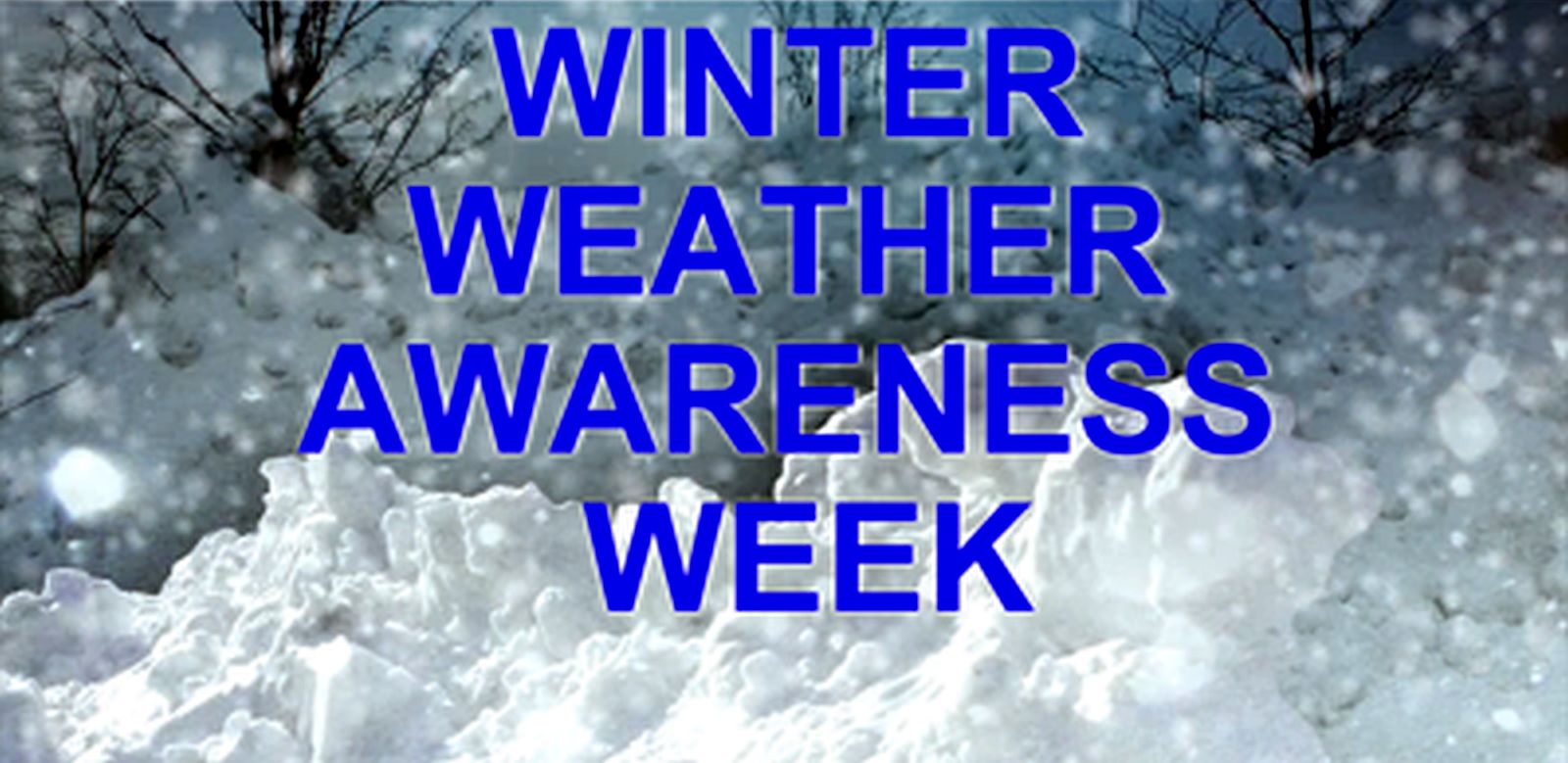With winter weather just around the corner now is a good time to get prepared. As we all know, winter storms can bring ice, heavy or blowing and drifting snow, and extremely cold temperatures. These conditions can often lead to power outages, isolation, dangerous driving conditions and health emergencies such as frostbite, hypothermia, and heart attacks brought on by overexertion.
We encourage everyone to take preventative measures to ensure their safety before winter storms arrive. Here is a list of things you can do to be better prepared for winter weather:
- Know the terms used by weather forecasters so that you clearly understand the risk to you and your family, including:
- Winter Weather Advisory – Winter weather conditions are expected to cause significant inconveniences and may be hazardous, especially to motorists.
- Winter Storm Watch – Be alert, a storm is possible.
- Winter storm warning – Take action, the storm is occurring or will soon occur in the area
- Blizzard warning – Snow combined with intense winds can produce near zero visibility, deep drifts, and life-threatening wind chill, seek shelter immediately.
- Prepare at home and at work for loss of heat, power, telephone service and a shortage of supplies. Assemble a “preparedness kit” to last for at least 72 hours for everyone. The kit should include the following supplies:
- Extra food (that will not spoil) and water (at least 1gallon per day per person)
- Flashlight with extra batteries
- Battery-powered NOAA weather radio
- Extra medicine, baby supplies, first aid kit, cash
- Emergency heat source and appropriate heating fuel, extra blankets
- Fire extinguisher, smoke alarm, and carbon monoxide detector.
- Don’t forget your pets. Make sure to have plenty of food, water, and shelter
- Prepare your vehicle:
- Have your car or truck fully inspected and winterized.
- Keep your gas tank near full to avoid ice in the tank and fuel lines.
- Remove any snow on your vehicle’s window, lights, and brake light signals.
- Let someone know your timetable and route of travel in case you get stuck.
- Carry a “winter storm survival kit” that includes a cell phone and charger, flashlight, blankets, or extra clothing, first aid kit, snack food, tow rope, a sack of sand or cat litter for traction, a small shovel, jumper cables, flares or orange emergency flag to tie to the antenna.
- Know before you go:
- Download the Marshall County IN. APP on your smartphone to receive weather alerts, road closures, and travel restrictions.
- Check on current road conditions INDOT Highway info. at: (https://indot.carsprogram.org)
- Check on local travel restrictions at: (www.in.gov/dhs/traveladvisory/)
- Take it S-L-O-W:
- The first snow can be extremely dangerous…Drivers don’t remember that they can’t drive at normal speeds. Drivers need to slow down, increase their following distance, and give themselves extra time to reach their destination.
- Black Ice: Roads that may appear dry could actually be covered with a thin layer of ice making them slippery and dangerous. Slow down when approaching intersections. Remember, ice may occur on bridges and overpasses before it forms on roads.
- Reduce your speed when visibility is poor.
- Four-wheel drive does not mean better stopping ability or the ability to maintain control once you lose traction.
- Be careful around Snowplows:
- Give snowplows room to work. The snowplow drivers are out on the roads to keep them clear of snow and ice to keep you safe!
- Snowplows travel below the posted speed limit. Be patient.
- A snowplow operator’s field of vision is restricted. You may see them, but they don’t always see you. Keep your distance and watch for sudden stops or turns.
For more information regarding winter weather preparedness, you can contact the Marshall County Emergency Management Agency at 936-3740.
REMEMBER: Emergency preparedness is everyone’s responsibility.














